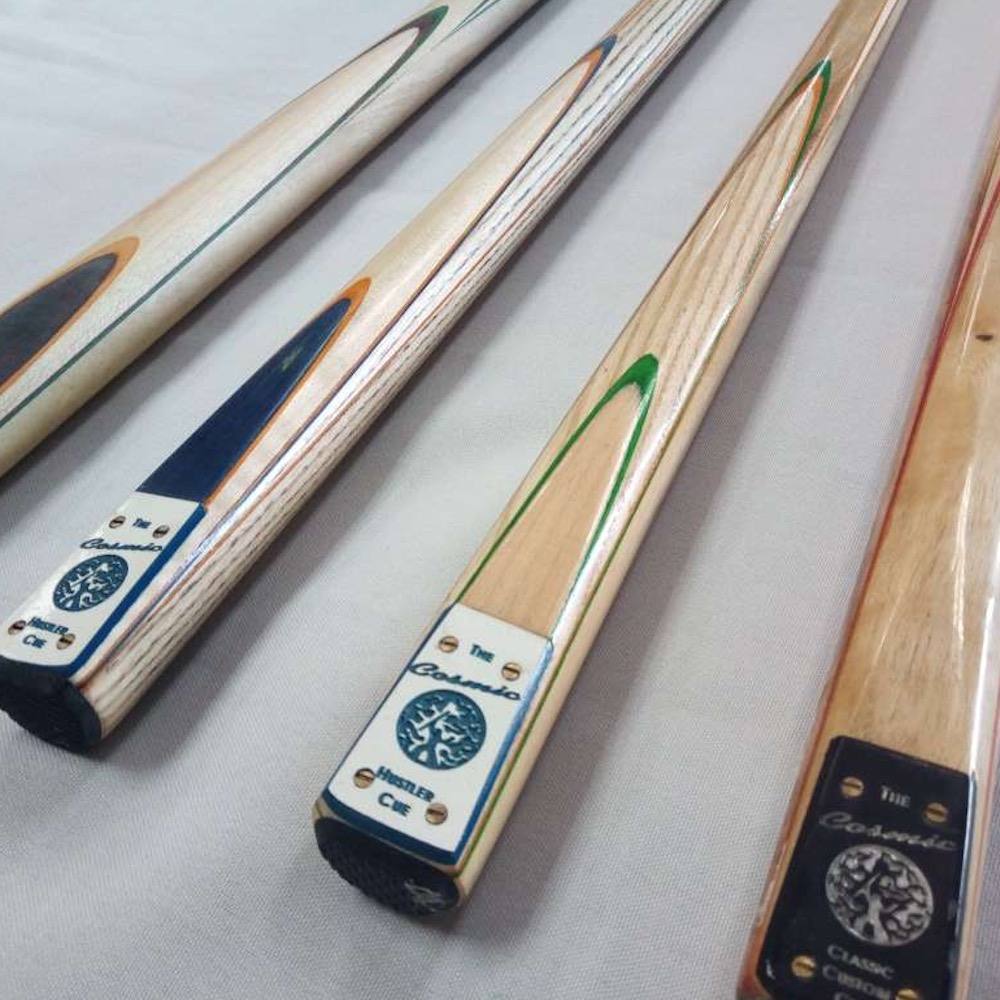
There are many factors you should consider before shooting someone during a mass shooting. Understanding the different types of injuries that can be caused by a mass shooting and how to determine its velocity are two important factors. This article describes some of the most important considerations when determining mass shot velocity.
Definition of a mass shooting
The term "mass shoot" can have many meanings. The United States defines mass shooting as a large-scale, publicized mass shooting. Mass shootings are when multiple gunmen storm a public location and open fire, inflicting a lot of casualties. This type of incident is common with the use automatic weapons, like assault rifles and shotguns.
According to federal Bureau of Investigation, a mass shooter is an incident that results in multiple victims and uses automatic weapons or guns. These events can be random or symbolic in nature. There have been over 3,590 mass shootings in the 50 years. About one-third of these incidents happened in schools and workplaces.

The definition of mass shootings is not always consistent and can vary from one study to the next. Incomplete data sources can lead to huge discrepancies in estimates of mass shootings over time. Also, news reports as well as other public documents may contain systemic bias. These studies can make it difficult for us to draw meaningful conclusions.
Mass shot injuries
A mass shot can cause serious injury and should be considered as a part of emergency preparedness plans. The CDC's factsheet on this topic includes information on the characteristics and guidelines as well as a checklist. It also includes videos and other materials to help healthcare providers.
The study found that there are six people seriously injured for every mass shooting event. The cost of each incident is described in detail in the JAMA Open medical journal. It also highlights the massive financial and psychological burdens that survivors of mass shootings have to bear. These long-term impacts are also very concerning.
The authors of this report analyzed data from 34 mass shooter incidents. The majority of victims were male and black, and the most common types are head/neck and chest wounds. Approximately 6% of cases involved the use of tourniquets, and 16% of incidents involved dispatchers who failed to alert responders. According to the authors, victims were also more likely needing major blood transfusions.

Methods to determine the velocity of a mass shot
A shot velocity measurement is one of the most important controls of a shot peening process. The traditional method, which relies on air pressure to measure the shot's velocity, is unreliable since it cannot adequately reflect the effects of shot peening. The development of a robust method to measure shot velocity has been made possible by coupling simulations with experiments. This method allows you to quickly deduce linear shot velocity formulas, using surface roughness and impingement angles. This formula can be used to predict how shot peening will affect aerospace as well automotive industries.
The peening angle, shot pressure and peening angle are important factors in determining the shot's velocity. A peening angle less than 45 degrees will result in a shot with a higher velocity. The shot's speed increases the most at 45 degrees.